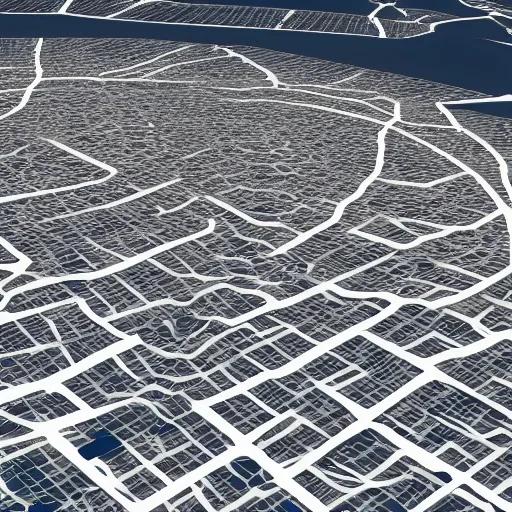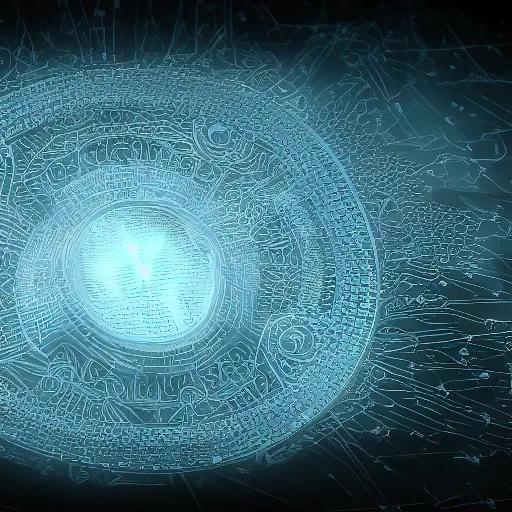
Deep learning models that have been trained on earthquake data from the past can evaluate real-time seismic data and send out early earthquake alerts.
Catastrophic destruction is commonly caused by large earthquakes, which also frequently generate landslides, tsunamis, and fires. The 6.1 magnitude earthquake in Afghanistan, which claimed 1000 lives and injured more than 1500, is a recent example of an earthquake. Current earthquake warning systems can quickly determine the location and size of an earthquake while it is striking and broadcast that information to everyone.
This approach provides people a little window of time to leave and get to safety. AI’s usage in disaster management can hasten the earthquake detection process, resulting in early earthquake alerts that will give people more time to flee the area than the existing system does. By evaluating real-time seismic data and providing an exact estimate of the earthquake start time and strength, deep learning can speed up early earthquake detection.
Deep Learning and AI for Earthquake Detection and Disaster Management
The gravitational field of the earth is little altered by an earthquake of great magnitude. The distribution of the earth’s mass changes when a significant section of its crust is moved during an earthquake, which alters how gravity pulls on that mass. There is a brief gravity signal as a result of this adjustment. Due to the gravity signal’s close proximity to the speed of light, it can be detected before seismic waves. This signal data aids in the early detection of tremors since the gravity signal travels more quickly than seismic waves.
On historical earthquake data as well as hypothetical records that simulate major earthquakes, a deep learning algorithm is trained. The information includes records of gravity signals, p- and s-wave seismic waves, the location, date, and time of the earthquake, among many other metrics. Using the gravity signal, this deep learning algorithm has been trained to identify the onset of an earthquake and gauge its size.
This deep learning algorithm was used by researchers to real-time data gathered after the 2011 Tohoku earthquake in Japan. The earthquake size and onset time were accurately output by the model after roughly 50 seconds. The estimated size of the earthquake using the deep learning system can be used to predict the size of a tsunami in the case of coastal earthquakes.
To avoid and reduce the risks in disaster management, wise and fast judgments are required. AI in disaster management can help governments make decisions more swiftly and deploy rescue and relief efforts more promptly.













